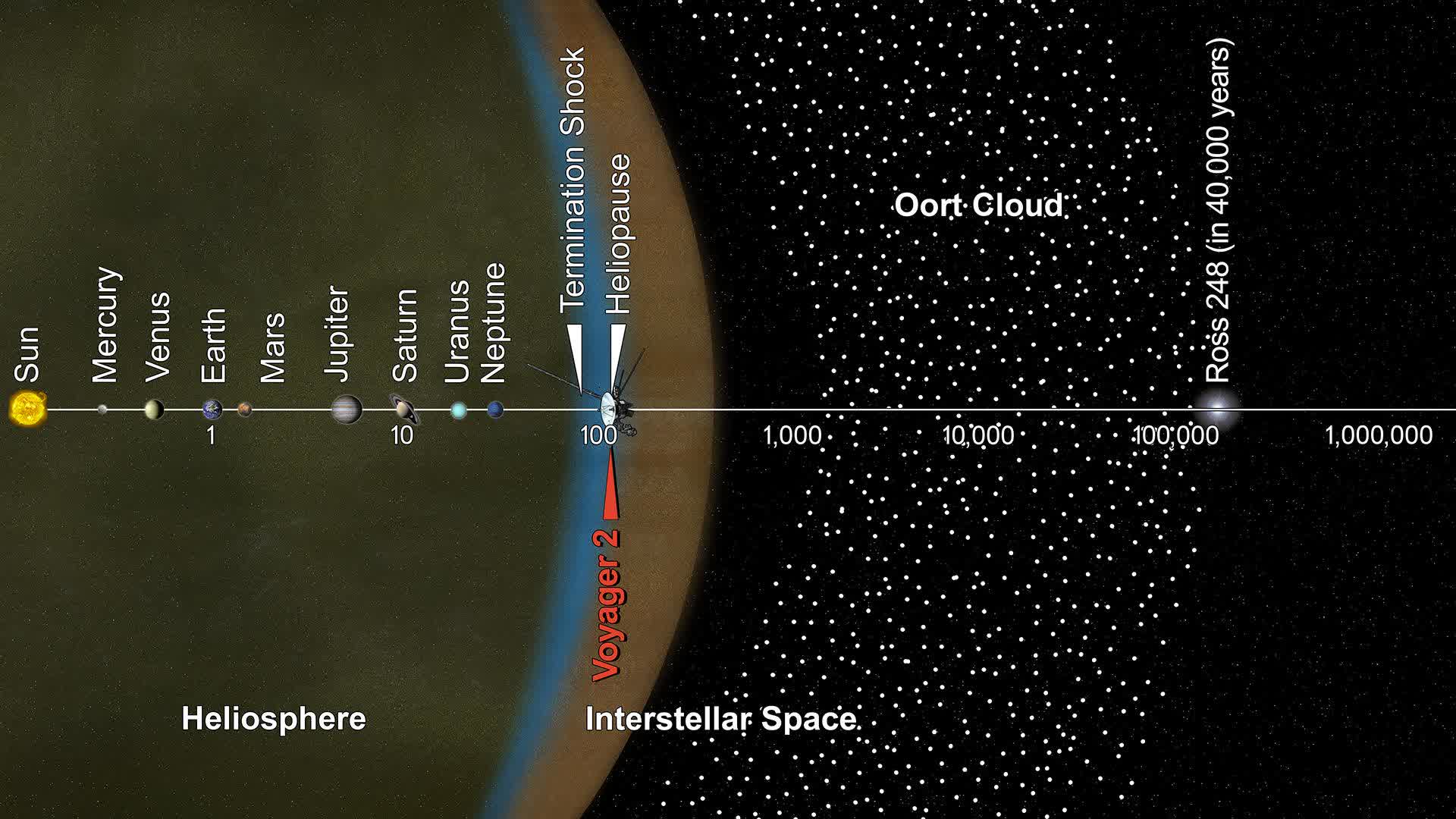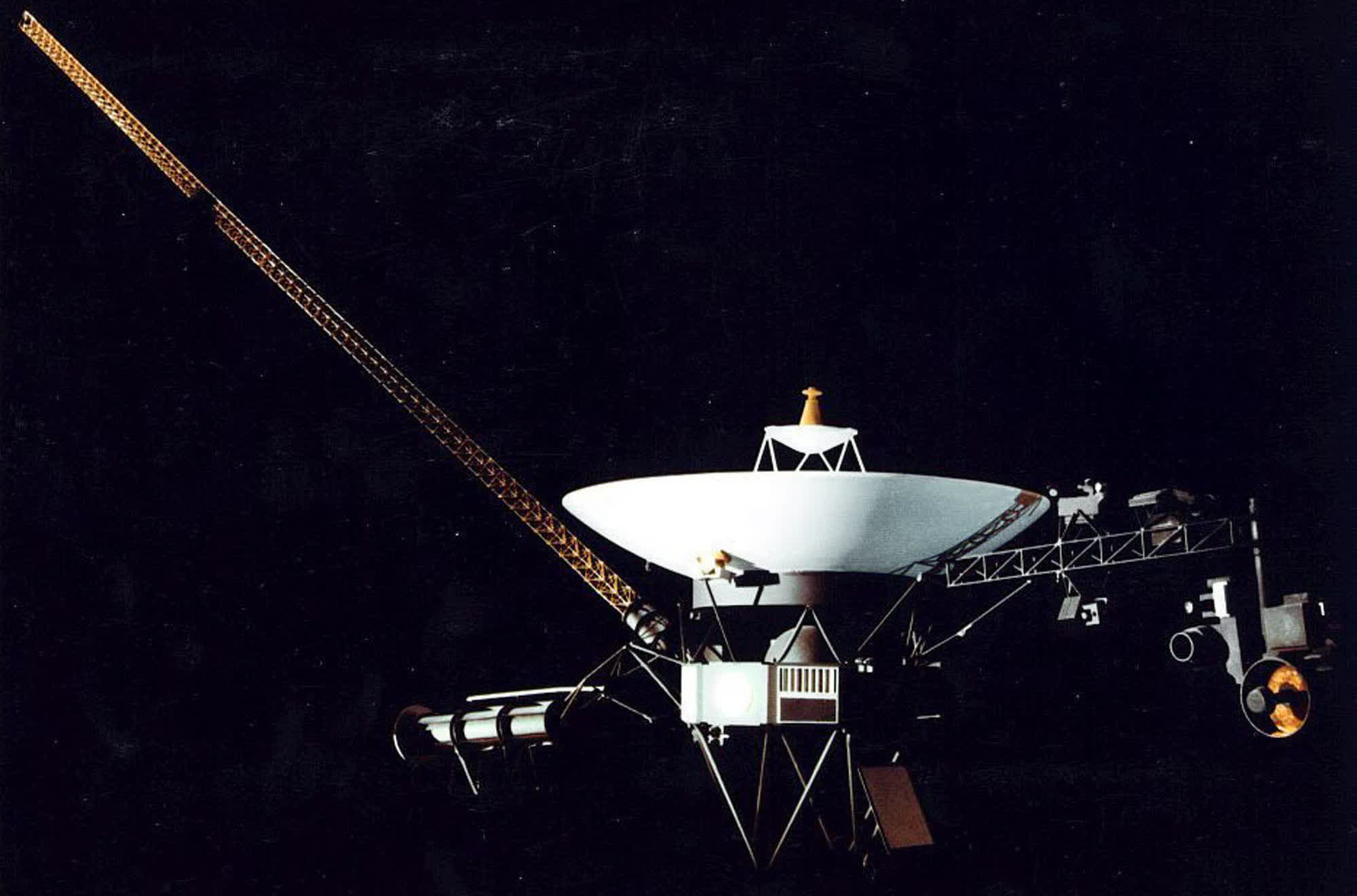In brief: The Voyager spacecraft were initially supposed to last only four years. Nearly 45 years later, they can still communicate with NASA from the edge of interstellar space. Now, the agency plans to begin sacrificing some of the spacecrafts' instruments to extend their mission even longer.
Scientific American reports that NASA is preparing to wind down the Voyager mission, which has endured for over ten times its original projected length. By powering down some instruments, engineers hope others can last into the 2030s.
The Voyager 1 and Voyager 2 spacecraft launched in 1977 on a four-year mission to photograph Jupiter, Saturn, Uranus, and Neptune along with their moons. Approaching their 50th birthday, the probes still operate after traveling farther than any others. Voyager 1 crossed what scientists think is the heliosphere - the interstellar boundary - in 2012, while Voyager 2 hit that landmark in 2018.

Each spacecraft still has a few functioning instruments, powered by a device that converts radioactive plutonium decay heat into electricity. It provides four fewer watts of power every year, so NASA has started preparing for the end by switching off some devices to save energy for others.
Two years ago, engineers deactivated the cosmic ray detector's heater, expecting the detector to die soon after in outer space's extremely low temperatures. Surprisingly, it kept working. The last components to go will likely be the magnetometer, plasma science instrument, and others. Billions of miles away, signals containing NASA's instructions, traveling at the speed of light, take the better part of a day to reach the Voyagers.
When they passed the solar system's outer gas giants in the 80s, photos from the spacecraft showed NASA for the first time that moons orbiting other planets could be very different from the Earth's moon. They never expected to see Io's active volcanoes or Ganymede's deep glaciers. Now, the Voyagers send Earth data about the outer boundary of the Sun's magnetic field.
In interstellar space, Voyager 1 and 2 will likely outlive the sun. As they directly orbit the Milky Way galaxy for millions of years, they carry golden records containing information about the planet they came from.
